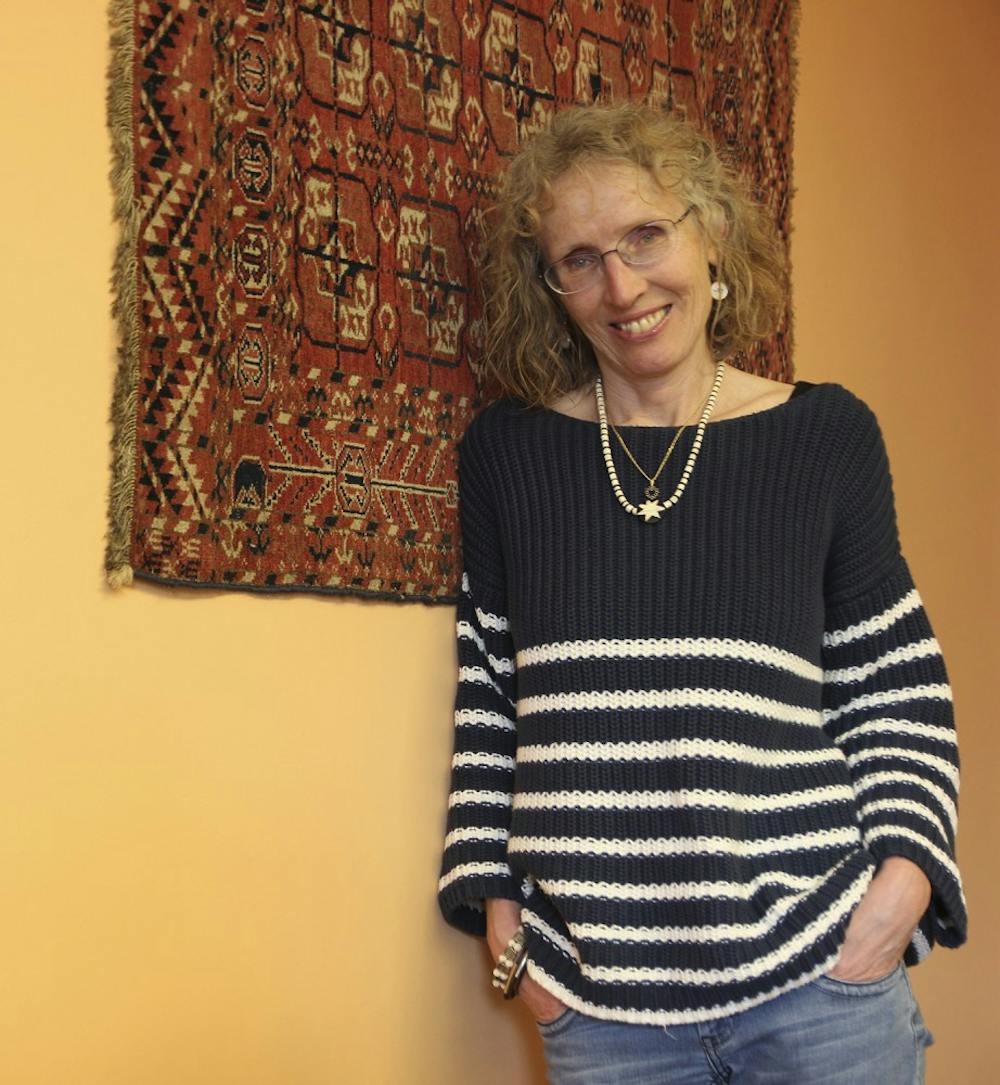“I certainly was not familiar with these kinds of questions or issues that come up either in a women’s studies course or a women in literature course today. But nobody else was trained in that area either, so I thought, ‘Well, I might as well,’” O’Connor said in the 1987 interview.
Women stepping into roles they were not familiar with is how the women’s studies department succeeded.
“The way the whole spirit of Women’s Studies, as it started on this campus and as I assume it is elsewhere … is set up, is one of shared leadership,” O’Connor said.
Of the women who shared this leadership role, Tomášková said Joan Scott and Mary Turner Lane became founders of the women’s studies program. Lane became the first chairperson for the women’s studies department.
In a 2007 interview with the Southern Oral History Program, Lane said the chancellor at the time would not put money into the program.
“In other words, he would not bring anybody new to campus,” Lane said. “Women’s Studies had to select women who already worked on campus, and were already a professor here. That was how I got the job.”
The department also faced questions of its validity and relevance early on.
“One of the objections to women’s studies being a major was how many people would actually major in it. Would it warrant a whole degree?” Lane said.
A male philosophy professor asked her that question in a meeting. Later, she said she found out only nine people were majoring in philosophy at the time.
Lane said she spent the first two years after the program was declared working in public relations, because people did not know what women’s studies was.
“A male professor stopped me one day and said, ‘Why don’t we have men’s studies?’ And I said, ‘Sir, that is all we have ever had,’” Lane said.
O’Connor said opposition to the women’s studies program was deeply rooted in the culture of UNC.
To get the day's news and headlines in your inbox each morning, sign up for our email newsletters.
Since the program began 40 years ago, the women’s studies department on campus has transformed.
Tomášková said Barbara Harris was the first teacher hired into the program in 1989. In 1991, the women’s studies program became a full-fledged curriculum and a unit of its own. In 2009, the program became an official department.
Tomášková said the department's main concern is that it still only has eight core faculty members, just as it did back in 2009 when it first officially became a department.
“I wish we had more than eight faculty members, because we are in 2017, and if you think about the decades that have passed, we now have a solid number of students, we offer a broad range of courses, and the issues, topics and society has changed,” Tomášková said.
In 2012, the Department of Women’s Studies changed its name to Women’s and Gender Studies.
“It was a reflection of the changing times. Initially, this department started out as focusing on women, but increasingly became much more aware that women’s studies also serves other genders,” Tomášková said.
While times have changed, Livingston said women are faced with some of the same issues they faced in the 1970s.
“Women on average still make 70 cents to the dollar men make, and that’s not including women of color who make even less,” Livingston said.
The next step for the department is to have gender diversity among the staff, and to have someone who studies masculinity. Tomášková said masculinity is just as much an unexplored topic as women's issues were in the 1970s.
university@dailytarheel.com



